Which Country is No. 1 in Food?
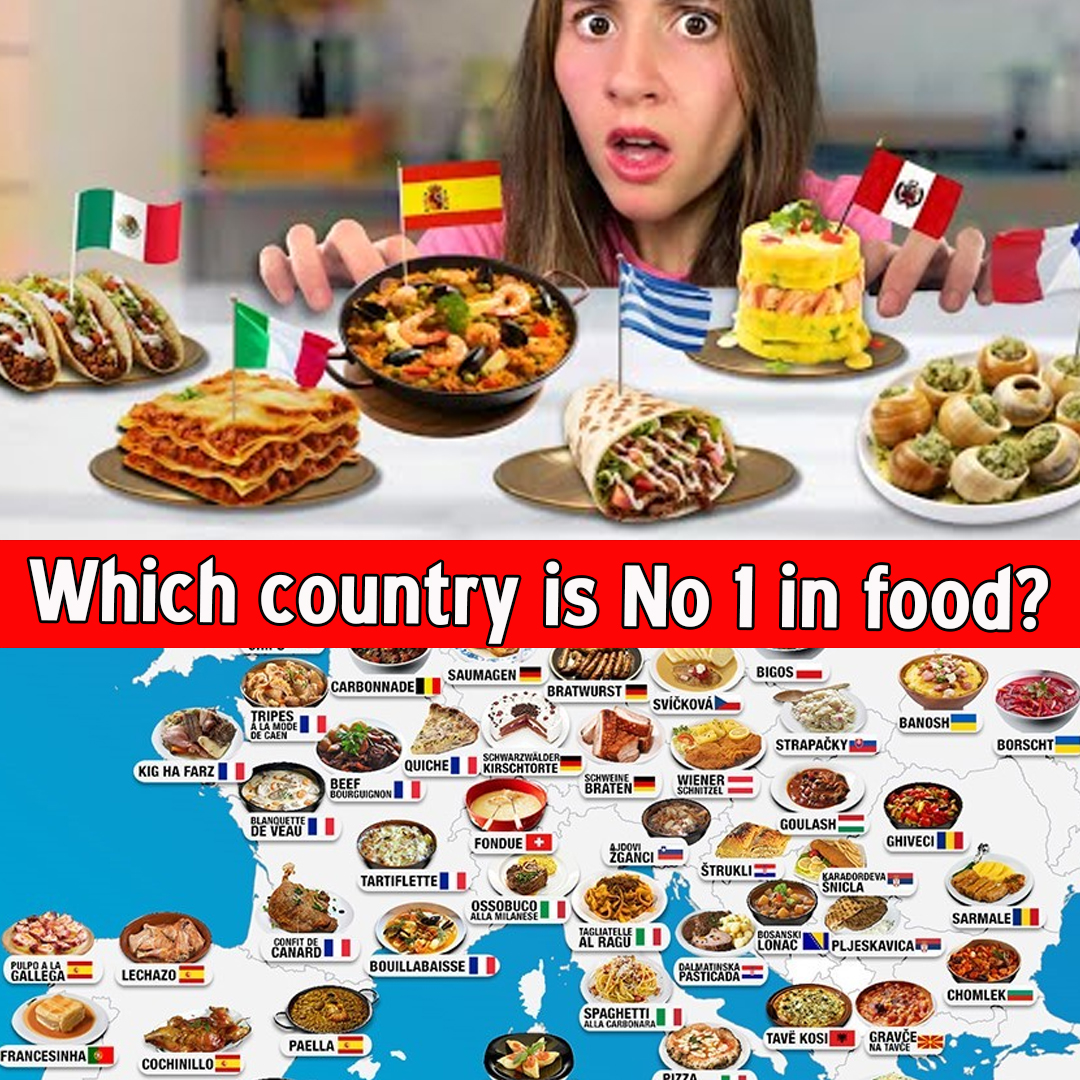
Which country is No 1 in food?
Food is much more than a means of survival—it is an experience, an art form, a cultural symbol, and a unifier. Across continents, every country has developed its own unique cuisine, shaped by geography, climate, trade, history, religion, and tradition. But when food lovers and experts are asked, “Which country is No. 1 in food?”—a few global giants consistently dominate the conversation. Among them, Italy is most often crowned the culinary champion of the world.
This essay explores why Italy is often considered the No. 1 food country in the world, while also comparing other strong contenders like France, India, China, Japan, and Thailand. We will analyze their culinary depth, global influence, variety, innovation, and cultural significance.
I. Why Italy is Ranked No. 1 in Food
1. Global Popularity of Italian Cuisine
Italian food is one of the most beloved cuisines across the globe. From New York to New Delhi, Sydney to São Paulo, Italian restaurants flourish. Dishes like pizza, pasta, lasagna, risotto, and tiramisu have become global staples.
- Pizza: A humble flatbread from Naples became the most eaten food in the world.
- Pasta: From spaghetti to penne, Italy offers 350+ pasta shapes.
- Espresso & Gelato: Even the simplest desserts and drinks have Italian origins.
2. Simplicity and Freshness
Italian food follows a “less is more” philosophy. It relies on a few high-quality ingredients rather than complicated cooking.
- Fresh olive oil, tomatoes, basil, garlic, cheeses like mozzarella and parmesan—these are the essence of Italian cuisine.
- Cooking focuses on letting natural flavors shine.
3. Regional Diversity
Each of Italy’s 20 regions has its own food culture:
- North (Lombardy, Piedmont): Risottos, polenta, truffles.
- Central (Tuscany, Emilia-Romagna): Bolognese, prosciutto, Parmigiano-Reggiano.
- South (Naples, Sicily): Pizza, seafood, eggplant-based dishes.
4. Wine and Food Pairing
Italy is one of the world’s oldest wine producers. Italian meals are often accompanied by carefully chosen wines like Chianti, Barolo, or Prosecco, enhancing the culinary experience.
5. UNESCO Recognition
The Mediterranean diet, with Italian cuisine at its heart, is recognized by UNESCO as an intangible cultural heritage of humanity. It promotes heart health and longevity.
II. Close Contenders for the No. 1 Spot
Let’s explore other countries that could claim the culinary throne.
1. France – The Fine Dining Capital
Strengths:
- Known for precision, technique, and artful presentation.
- Home of Michelin-starred restaurants.
- Culinary schools like Le Cordon Bleu set global standards.
Famous Dishes:
- Croissant, Coq au Vin, Bouillabaisse, Escargot, Crème Brûlée.
- Pastry-making and cheese culture are second to none.
Global Impact:
- The modern restaurant system and haute cuisine originated in France.
- French gastronomy is considered the gold standard in gourmet cooking.
Why Not No. 1?
- French food is sometimes seen as elitist or inaccessible to everyday diners.
- Less popular among youth compared to Italian or Asian cuisines.
2. India – The Spice Capital of the World
Strengths:
- Offers unmatched flavor diversity through spices, herbs, and aromatics.
- Home to vegetarian cuisine unlike anywhere else.
- Regional cuisines (Punjabi, Bengali, Tamil, Kashmiri) offer incredible variety.
Famous Dishes:
- Butter Chicken, Biryani, Masala Dosa, Rogan Josh, Paneer Tikka, Chole Bhature.
- Sweets like Gulab Jamun, Jalebi, Rasgulla are world-famous.
Global Reach:
- Indian restaurants thrive in the UK, Canada, UAE, USA, Australia.
- Dishes like Chicken Tikka Masala were invented outside India but inspired by Indian cuisine.
Why Not No. 1?
- Intense spice can overwhelm unaccustomed palates.
- Some people see Indian food as too oily or rich, although this is often due to restaurant-style cooking.
3. China – The Most Varied Cuisine
Strengths:
- Ancient food culture with 8 culinary traditions (Sichuan, Cantonese, Hunan, etc.).
- Balance of sweet, salty, sour, bitter, and umami.
Famous Dishes:
- Dim Sum, Peking Duck, Chow Mein, Mapo Tofu, Dumplings, Hot Pot.
Innovation and Variety:
- Incorporates everything from tofu to sea cucumber.
- Chinese street food is legendary—scallion pancakes, buns, skewers.
Global Influence:
- Chinese takeout is a fixture in almost every major city.
- American-Chinese and Indo-Chinese variants have global fanbases.
Why Not No. 1?
- Complexity of ingredients and cooking methods can be challenging to replicate.
- Regional differences sometimes create inconsistency abroad.
4. Japan – The Culinary Precision Master
Strengths:
- Aesthetic-driven, seasonal cuisine.
- Famed for knife skills, sushi mastery, and food respect.
- Washoku (traditional Japanese cuisine) is recognized by UNESCO.
Famous Dishes:
- Sushi, Ramen, Tempura, Okonomiyaki, Matcha Desserts.
Culture of Food:
- Meals emphasize umami, clean presentation, and balance.
- Deep food ethics (like Itadakimasu and Mottainai).
Why Not No. 1?
- Not universally accessible due to raw seafood or minimalist seasoning.
- Price point and ingredient availability can be barriers outside Japan.
5. Thailand – The Bold Flavour Powerhouse
Strengths:
- Known for balanced, explosive flavors: sweet, salty, spicy, sour, and bitter.
- Thai street food is a global tourism magnet.
Famous Dishes:
- Pad Thai, Tom Yum, Green Curry, Mango Sticky Rice.
Global Appeal:
- Thai restaurants are popular in almost every major city.
Why Not No. 1?
- Some dishes are too spicy for mainstream audiences.
- Less influence on fine dining compared to Italy or France.
III. How Do We Decide Which Country is No. 1 in Food?
To determine the No. 1 country in food, we evaluate based on the following criteria:
| Criterion | Italy | France | India | China | Japan | Thailand |
|---|---|---|---|---|---|---|
| Global Popularity | ✅✅✅ | ✅✅ | ✅✅ | ✅✅ | ✅✅ | ✅✅ |
| Simplicity of Cooking | ✅✅ | ❌ | ❌ | ❌ | ✅ | ✅ |
| Street Food Appeal | ✅ | ❌ | ✅✅ | ✅✅ | ✅ | ✅✅ |
| Fine Dining Reputation | ✅ | ✅✅✅ | ✅ | ✅ | ✅✅ | ✅ |
| Health & Nutrition | ✅✅ | ✅ | ✅ | ✅ | ✅✅✅ | ✅✅ |
| Diversity | ✅✅ | ✅ | ✅✅✅ | ✅✅✅ | ✅✅ | ✅✅ |
| Cultural Export | ✅✅✅ | ✅✅ | ✅✅ | ✅✅ | ✅ | ✅✅ |
| UNESCO Recognition | ✅✅✅ | ✅✅ | ✅ | ✅ | ✅✅✅ | ✅ |
Italy scores high across all categories—approachability, elegance, nutrition, diversity, and mass appeal—making it the top contender globally.
| Read more – What is the tastiest snack in India? |
IV. Honorable Mentions
While the top six are commonly debated, several other countries deserve applause:
- Mexico: Tacos, burritos, mole sauces, and corn-based cuisine.
- Turkey: Kebab culture, baklava, and historical Ottoman influence.
- Lebanon: Meze platters, hummus, tabbouleh.
- South Korea: Kimchi, bibimbap, Korean BBQ, and a growing global influence.
- Spain: Tapas, paella, and modernist cuisine.
V. Conclusion: Italy Is the No. 1 Country in Food
While food preference is subjective and culturally driven, Italy emerges as the No. 1 food country based on the balance of accessibility, taste, health, heritage, and worldwide appeal. Italian cuisine is loved universally—from street stalls to luxury kitchens—due to its simplicity, ingredients, and soul-satisfying flavors.
However, every country mentioned contributes uniquely to the global culinary tapestry. France offers finesse, India delivers spice and emotion, China showcases range, Japan emphasizes harmony, and Thailand dazzles with boldness.
Ultimately, the “No. 1 food country” isn’t just about the best recipes—it’s about how deeply the food culture resonates with people around the world. In that sense, Italy has mastered the art of cooking, sharing, and loving food.

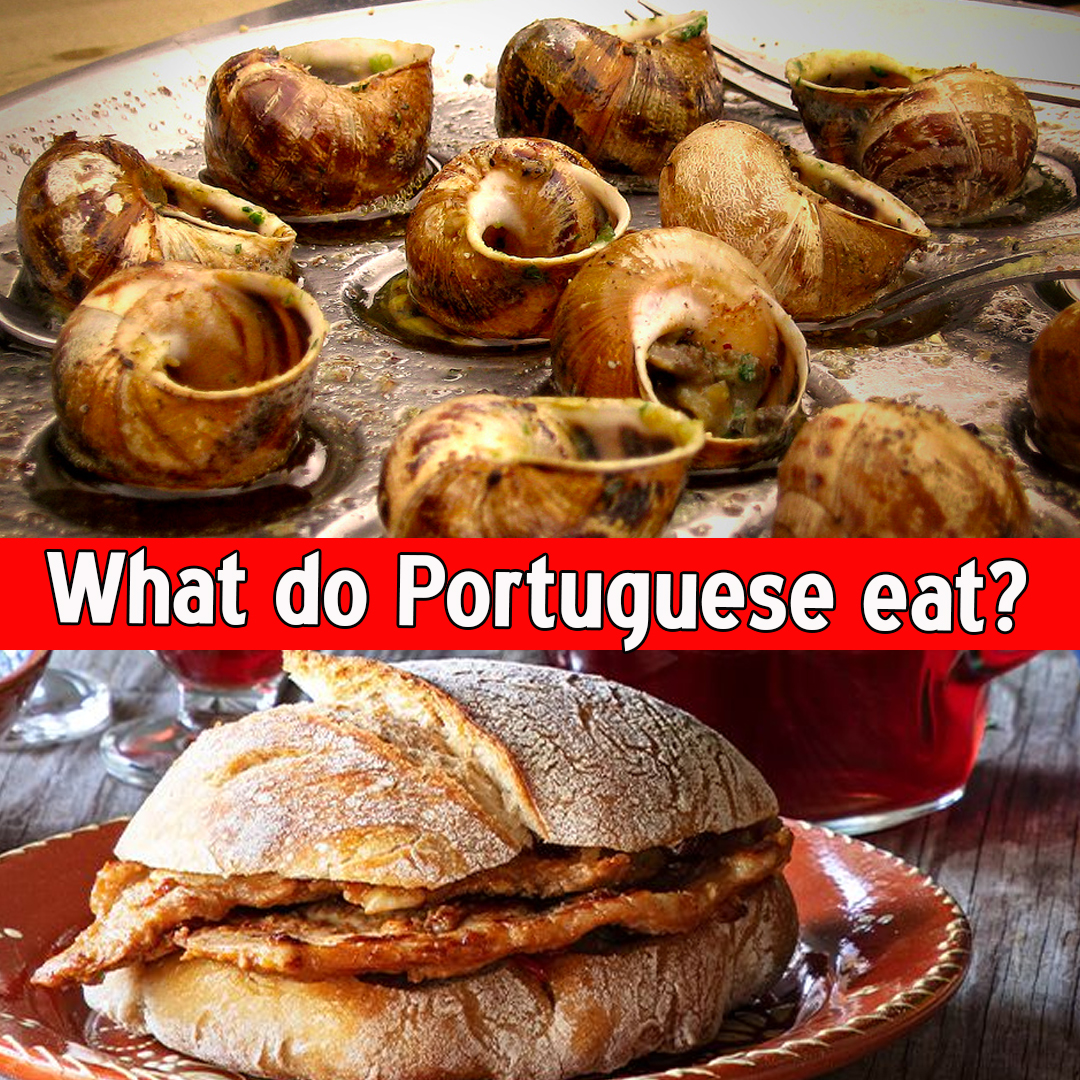


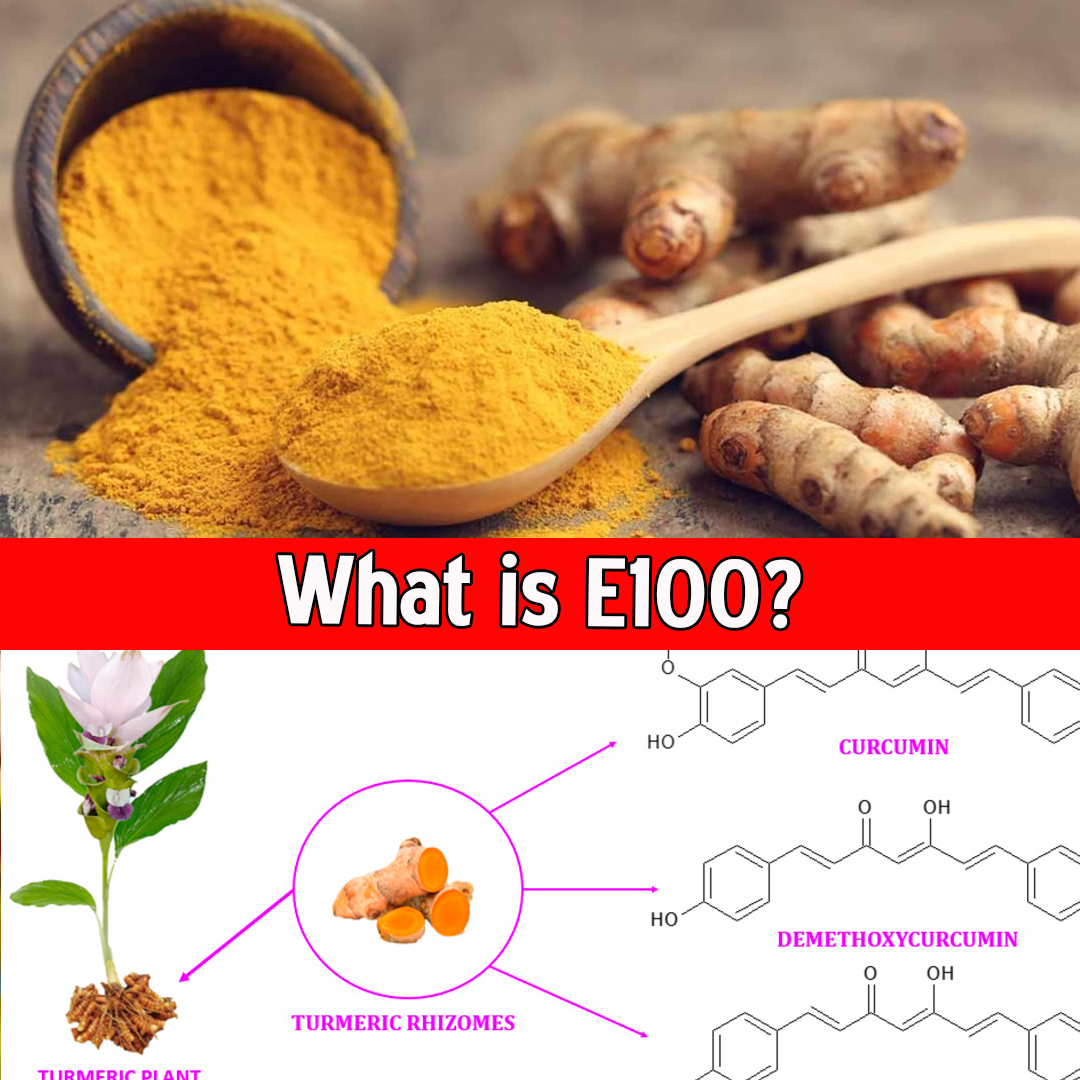

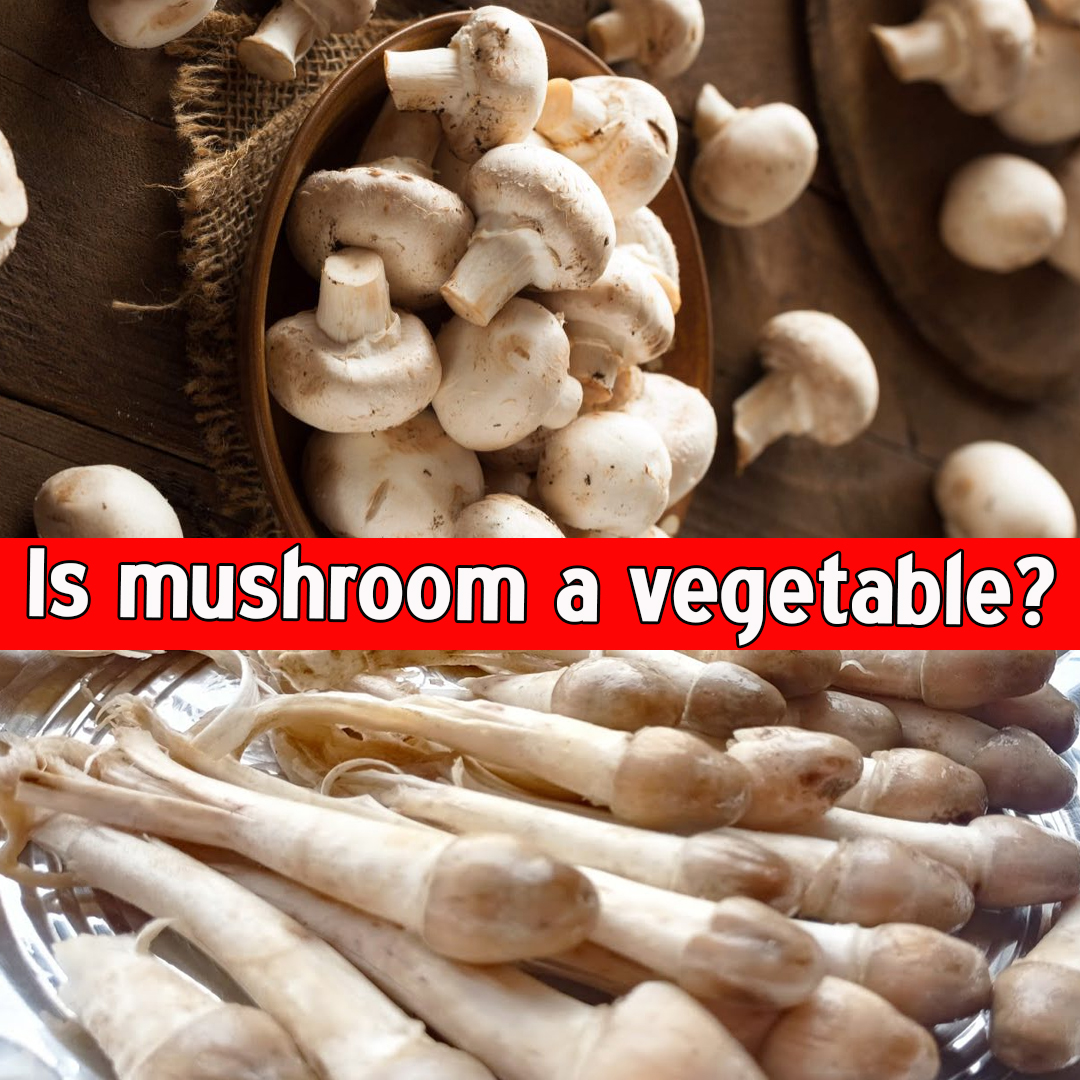



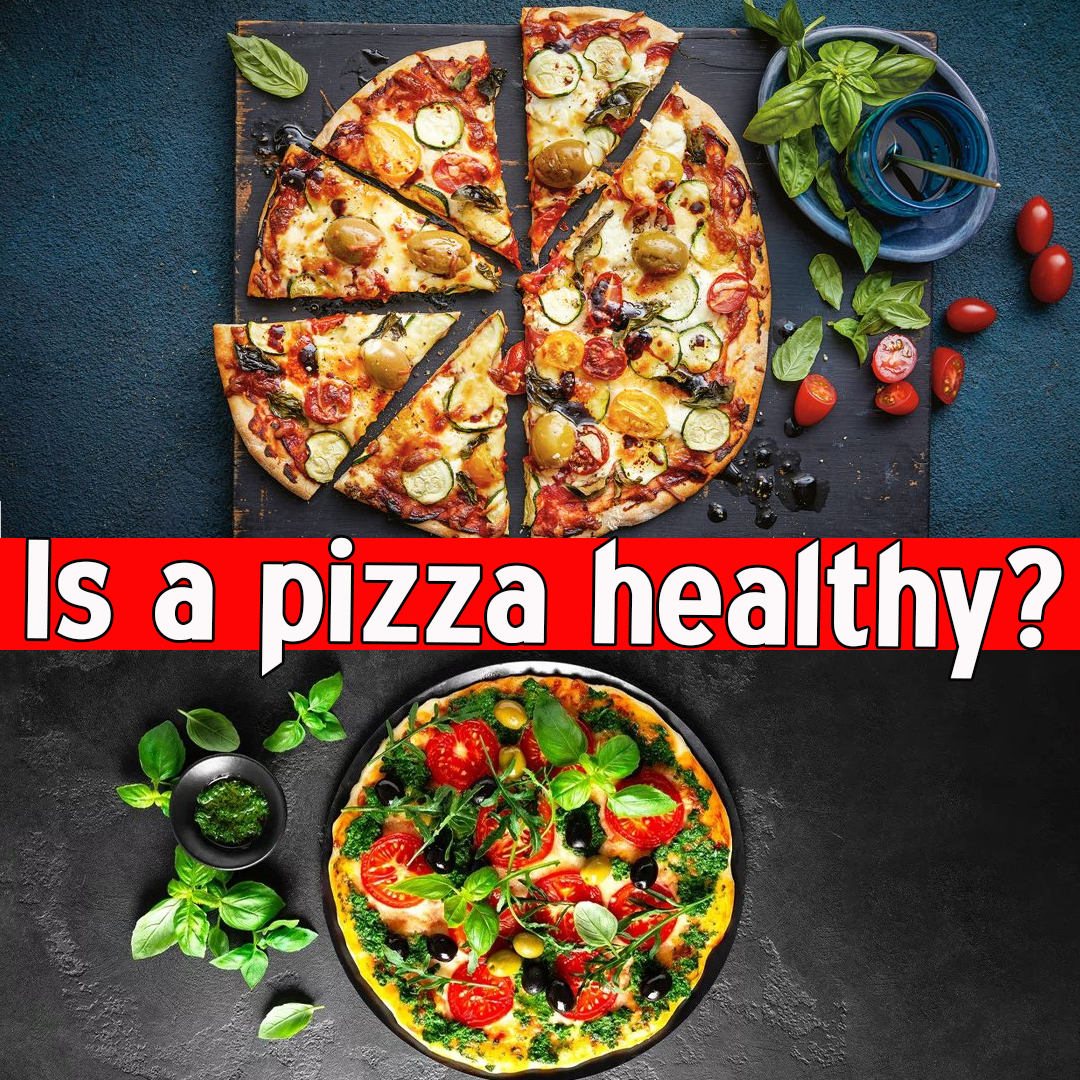




Leave a Reply